The Sony A1 is a breakthrough full-frame mirrorless camera that represents Sony’s photography technology at its finest. The Sony A1, which was first available in early 2021, pushes the boundaries of what is possible in a professional camera by providing an incredible combination of speed, resolution, and versatility. It’s aimed at professional photographers and videographers who want the absolute best when it comes to image quality and performance.
Key specifications
Type: Mirrorless
Sensor: 50.1MP full frame
Lens mount: E mount
ISO range: 100-32000, expandable to 50-102,400
Viewfinder: 9.44 million-dot OLED EVF
Video capability: 8k 30fps, 4k 120fps
Weight: 1.63 lbs (737g)
Size: 5.07″ x 3.81″ x 3.18″ / 128.9mm x 96.9mm x 80.8mm
Memory card type: 2 x CFexpress Type A / SD cards
The A1 boasts a newly developed 50.1-megapixel Exmor RS stacked CMOS sensor, a powerful BIONZ XR image processor and an impressive native ISO range of 100-32,000, expandable up to an incredible ISO 50-102,400, creating the perfect recipe for images with astonishing detail, low noise, and a wide dynamic range.
It features Sony’s renowned Real-time Eye AF and Real-time Tracking technologies, which provide unrivaled subject detection and tracking capabilities (although Canon are hot on their heels). The A1’s 759 phase-detection AF points allow it to focus on even the most difficult objects, such as fast-moving action, animals or subjects with complex backgrounds. Not only that, but its high-resolution viewfinder, 8K video capabilities and intuitive controls make for a very enjoyable shooting experience — the only thing it can’t do is order you a coffee.
To address the elephant in the room — the Sony A1 is astronomically expensive. Currently, it’s retailing for just under $6500 new, which immediately prices it out of reach for most photographers (except professionals who make money from photography, or amateurs with more money than sense). So why is it so expensive? We’ve put the A1 to the test to see if it really is worth the enormous price tag.
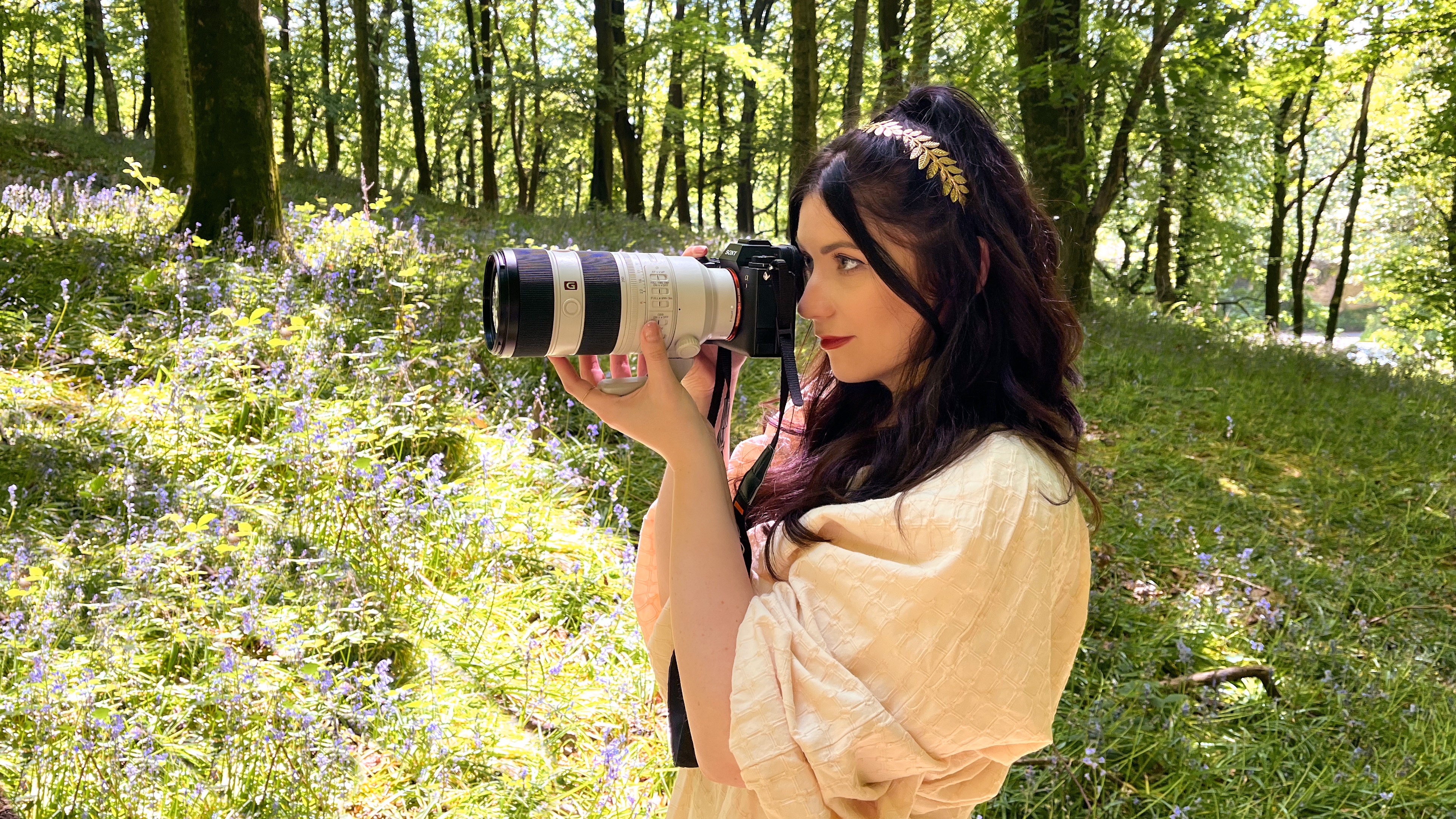
Sony A1: Design
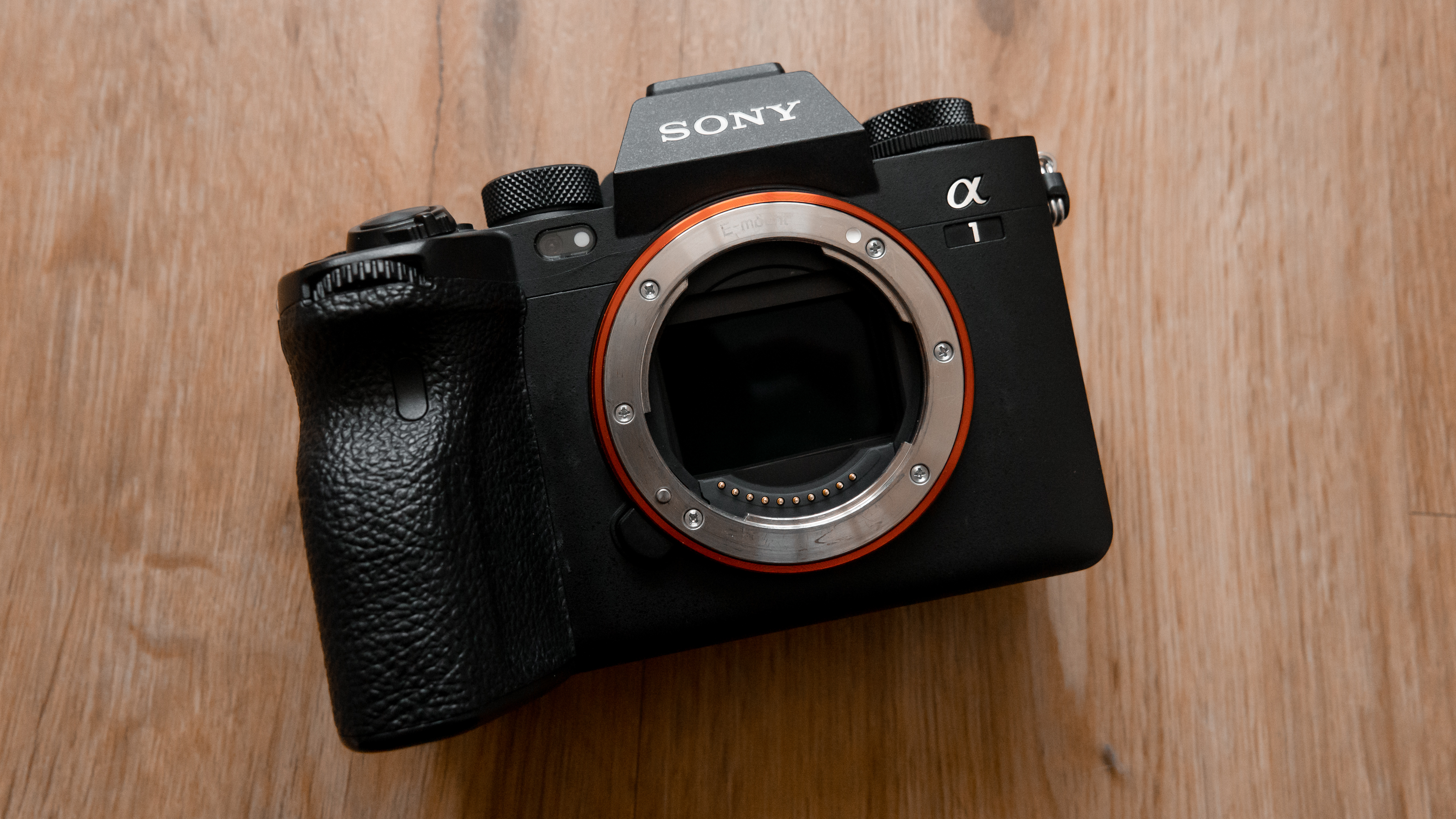
The design of the Sony A1 is perfectly curated to meet the needs of professional photographers and videographers with its sleek controls, durable build and high-quality features. When I was testing the A1 I thoroughly loved every second of shooting with it — it felt like an extension of my own arm and it was incredibly comfortable to hold even for longer periods (and with a very hefty lens attached to it).
The A1 has a very well-thought-out design in terms of button accessibility and overall ease of use. It has a total of 12 customizable buttons on the body, and once I’d set them to my preferences, I rarely had to go into the main menu. Sony are known for their confusing menu systems, but admittedly, the menu on the A1 is leaps and bounds better than some of the older models.
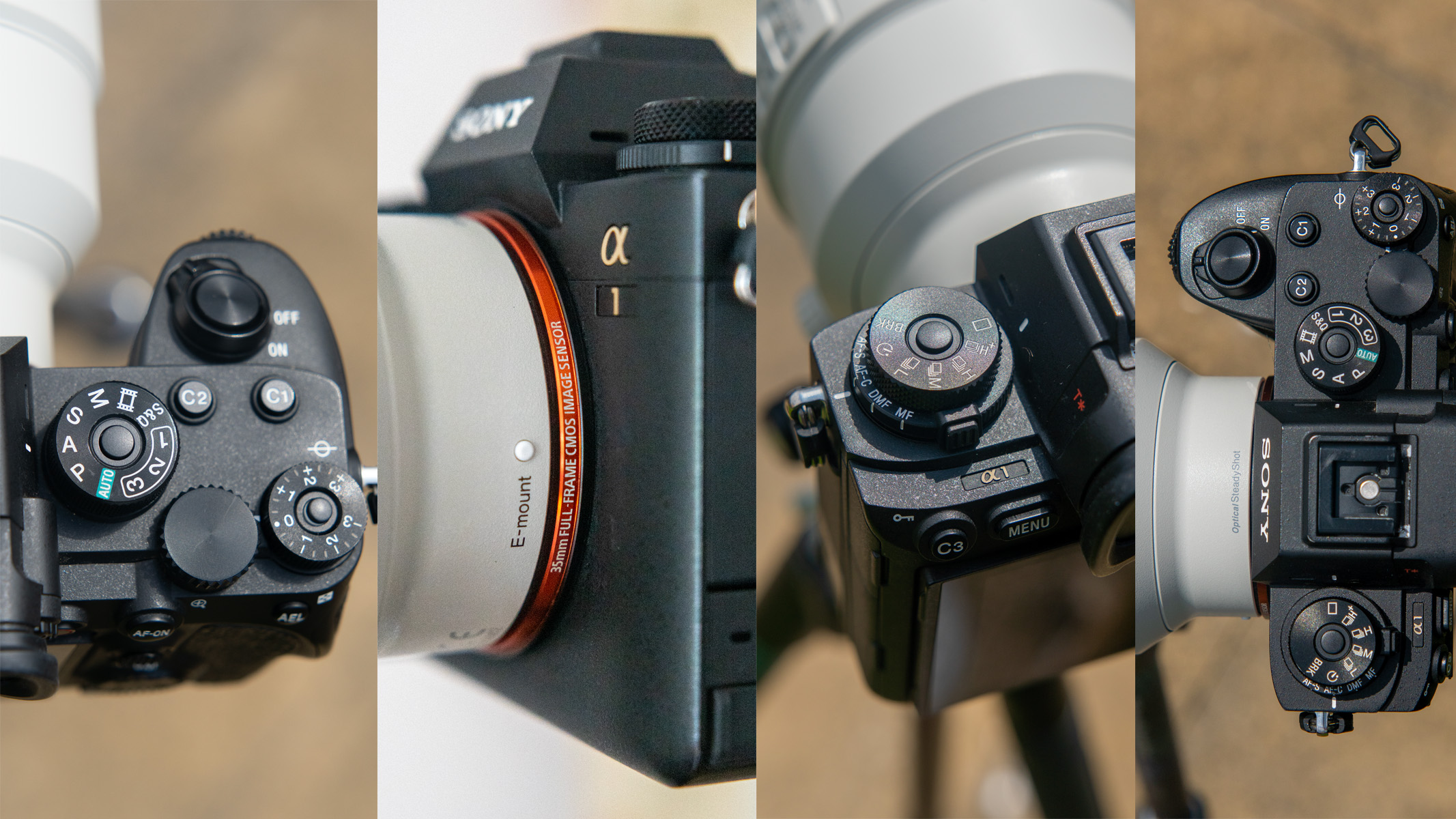
The Electronic View Finder (EVF) is also incredibly impressive, with 9.44 million dots providing a fast refresh rate and minimal lag, and I often preferred using this to the LCD screen. This brings me to my one complaint with the design of the A1. It may seem like a silly, insignificant thing, but stay with me here — why could Sony not have included a fully articulating LCD screen on a $6500 camera? The movement of the screen is very limited, whereas the screen on the A7R V, for example, all but comes out and hits you in the face, so it seems they’ve thought of everything else with this camera but omitted something so simple that really could’ve opened the A1 up to the world of vlogging and content creation. A fully articulating screen would also make shooting at lower angles a lot easier, too.
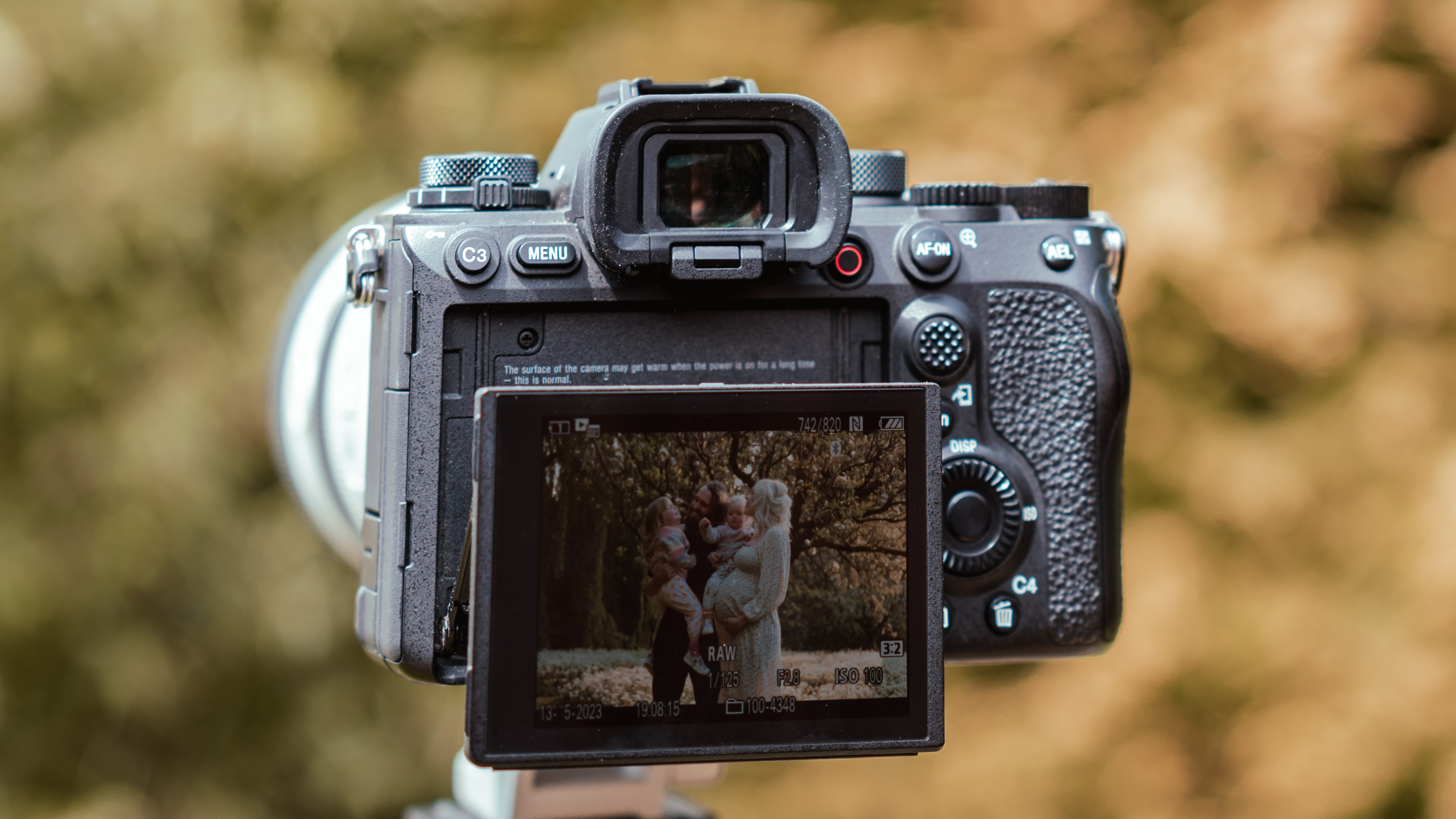
Sony A1: Functionality
One of the standout features of the Sony A1 is its advanced autofocus system, which locks onto people, animals and vehicles and tracks them throughout the frame effortlessly. Sony have built a reputation for their industry-leading AF, so it does make you wonder how the A1’s autofocus is different to their other models to warrant such a high price tag.
The auto-focus system on the Sony A1 benefits from updated algorithms, more phase-detection AF points, and better subject-detection capabilities when compared to earlier Sony camera models. These developments help the autofocus to function quicker and more accurately, enabling photographers to capture sharp, well-focused images in a variety of shooting situations.

When I took the A1 to Skomer to do some wildlife shooting, the autofocus was unlike any other that I’ve tested, and in good light, it just did not miss. It would be an incredible camera for a whole array of different photographic styles, from wildlife to portraits, weddings, action and sports photography. It’s certainly earned a place on our best wildlife photography cameras list.
The Sony A1 also has 5-axis in-body image stabilization, compensating for camera shake and allowing for handheld shooting at slower shutter speeds. This feature is particularly useful in low-light situations or when using telephoto lenses, producing sharper images and smoother videos.
Sony A1: Performance
The performance of the Sony A1 is nothing short of exceptional. It’s an absolute powerhouse that is capable of pretty much anything you throw at it.
It has a remarkable burst rate of up to 30fps (although there is a minimal number of circumstances where this would actually be useful), without any blackout in the electronic viewfinder. Though when I did shoot at faster burst rates I did find that the buffer filled up pretty quickly and took its time clearing, so you’d need to invest in faster cards in order to combat this.
Video performance is equally impressive, with the Sony A1 supporting 8K recording at 30fps and 4K recording at up to 120fps. However, it can sometimes overheat after longer periods of recording, particularly when shooting outside on a hot day. The 8K video also zaps the battery life quicker, so make sure you bring spares with you. That said, for regular photo shooting, I found the battery life to be pretty good and there was never an instance where I ran out of charge on a single battery.
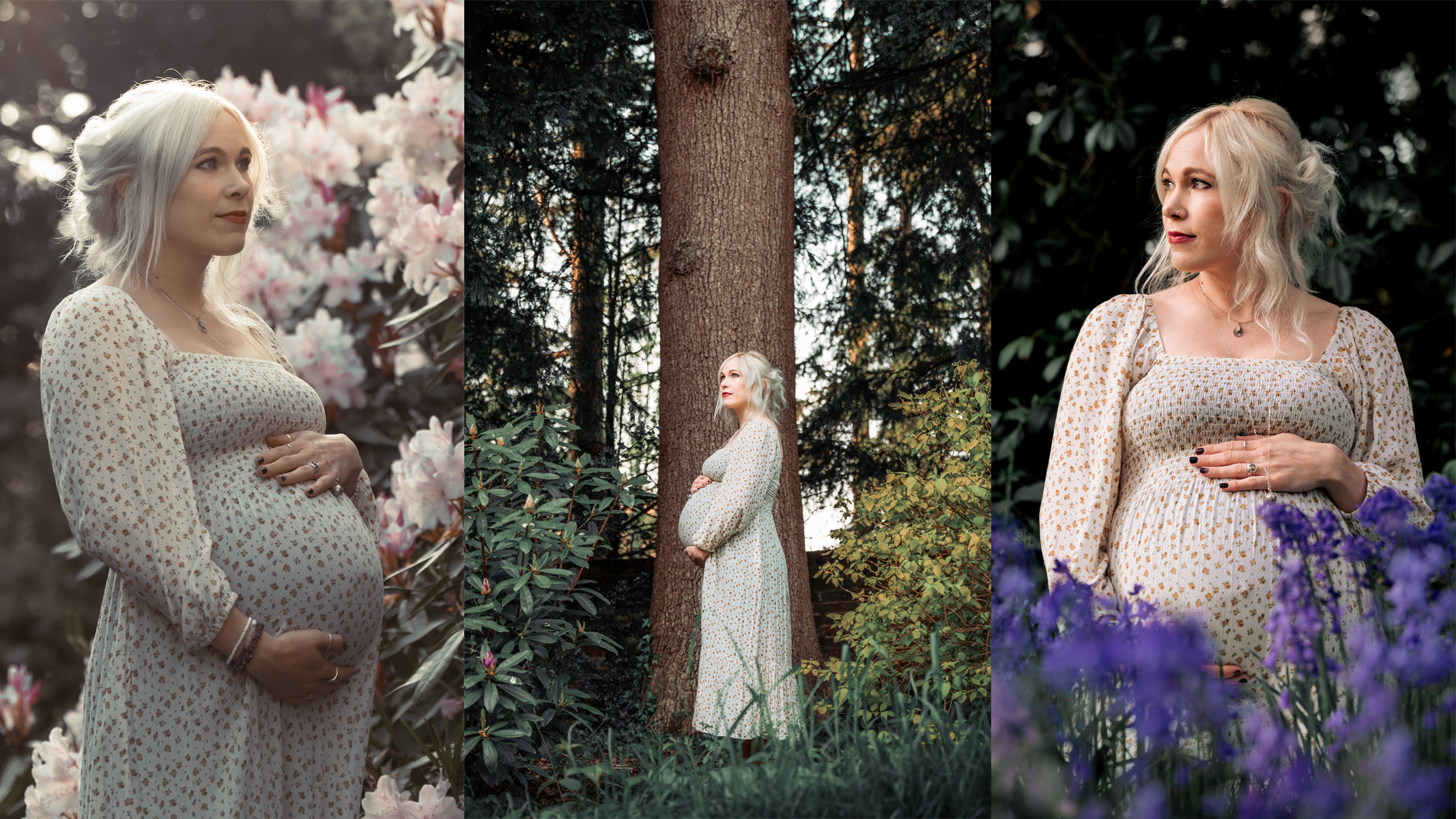
The only time the autofocus struggled to detect a subject was when they were far away from the frame — in this case, my model stood further out underneath a tree, and the camera sometimes got confused when the branches started swaying and it couldn’t always find her face. Though when the subject is closer to the camera, the autofocus is very reliable.
Should you buy the Sony A1?
If you’re a professional photographer or videographer wanting the absolute best of the best in your camera bag, and have the budget to accommodate that, then you cannot go wrong with the Sony A1, and it’s a camera you’ll have for years to come. It beats the competition in pretty much every department (apart from affordability).
If, however, you’re anything other than a professional, it’s likely that this camera would be overkill and you’d be better off buying something at a lower price range with specs that are still impressive, but not as showy as the A1.
Sony are constantly expanding their lens lineup, and it’s improved vastly from what it was a year ago, however, there is very little on offer from third-party manufacturers. That said, if you’re spending $6500 on this camera, you’re very unlikely to be putting a cheap third-party lens on it anyway.
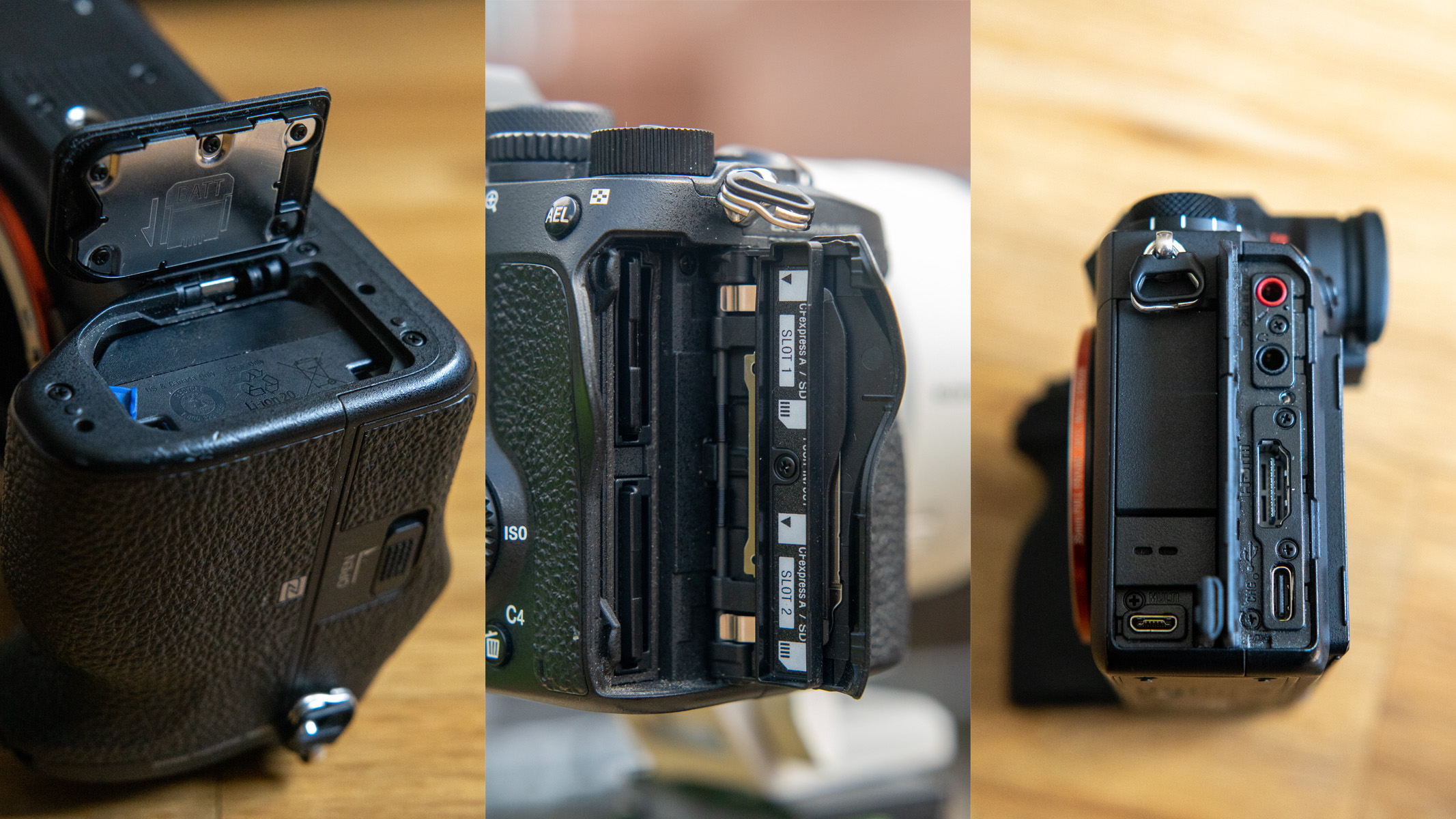
If this isn’t for you
The Sony A1 isn’t for everyone, so if you’re wanting to stick with Sony but perhaps go for something more affordable, we’d recommend the Sony A7iii as a good option. Although it’s a few years old now, it’s still favored among many photographers and is considered to be a bit of a cult favorite. It features a 24.2-megapixel sensor, an impressive autofocus system, 5-axis image stabilization and 4K video recording.
The Canon EOS R5 is a strong competitor to the Sony A1 — although the Canon has a slightly lower resolution (though not noticeably), and a slower frame rate, so the Sony still wins if you’re going to be shooting fast action.
If you’re not bothered about video, you could check out the Nikon Z7 II. It has a 45.7-megapixel sensor, is robustly built, has an advanced autofocus system, a high-resolution electronic viewfinder and reliable in-body image stabilization. But again, Sony still wins on burst rate.




